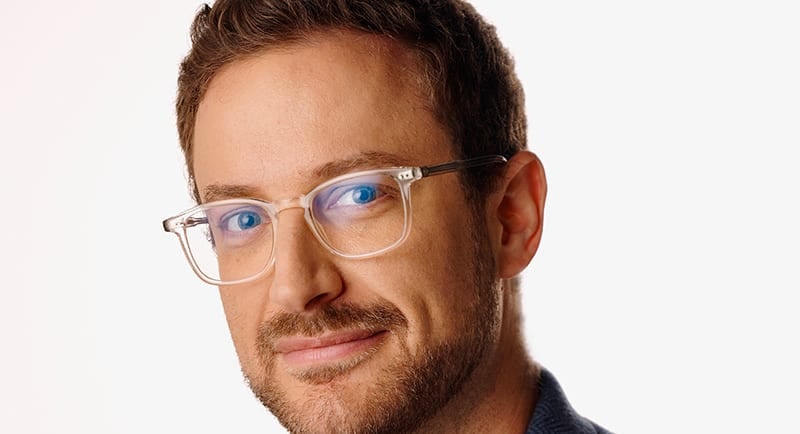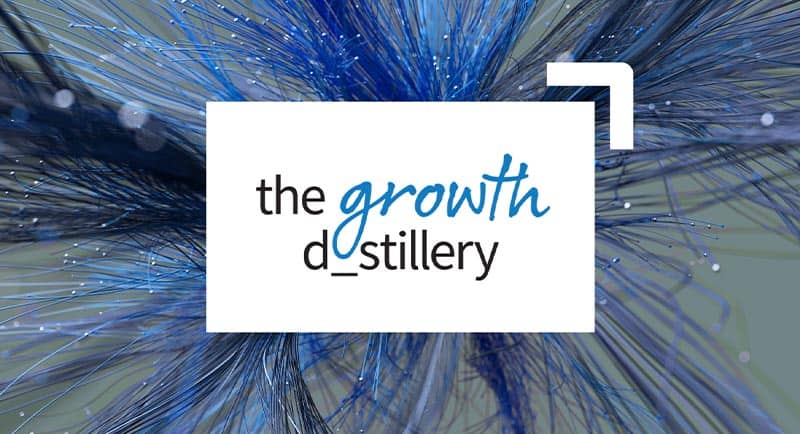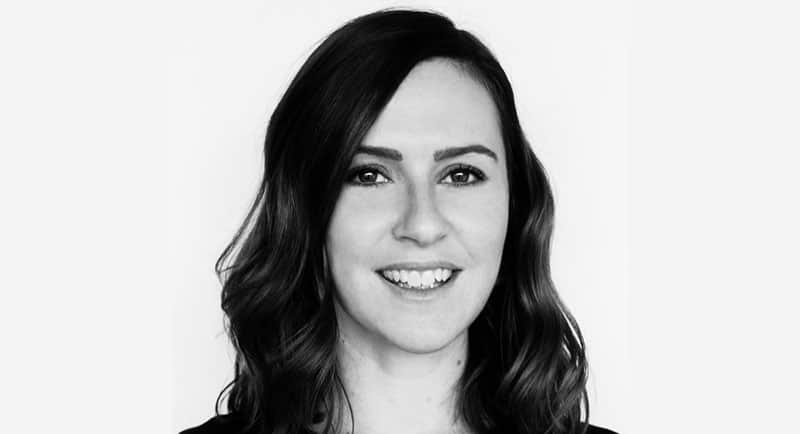Earlier this year, News Corp Australia announced the launch of The Growth D_Stillery, a dedicated research and intelligence service offering consumer insights to help marketers navigate brand challenges, anticipate consumer trends and understand where best to invest.
See Also: Behind The Growth D_Stillery: News Corp’s newest research and intelligence offering
The Growth D_Stillery amplifies key research insights on trade marketing platforms, and on News Corp Australia channels. As a part of its release into market, the platform has launched a series of vodcasts hosted by News Corp Australia’s director, Growth Intelligence Centre Dan Krigstein, with guests from all corners of the marketing world.
Released fortnightly, the vodcasts aim “to really humanise these insights,” according to Krigstein, and tackle a new marketing challenge every episode.

Dan Krigstein
This week, Mediaweek spoke to Elaine Dubost, Executive Director of The Lab.
When asked why she said yes to appearing on The Growth D_Stillery Vodcast, Dubost says that the vodcast was an extension of the discussions she’s already had with Krigstein and the Growth D_Stillery team.
“I’ve been working with Dan at News Corp on various brilliant thought leadership projects for the past couple of years. When he asked me to be a part of this one – especially given that the topic is very, very important, and interesting, and close to my heart – it was an easy decision to be a part of it.”

This week’s episode focuses on ‘Shattering the Mental Model of Wellbeing,’ and digs into how Australians interact with the health and wellbeing space in 2023.
“It’s part of a broader series of research that we’ve been doing in collaboration with News Corp at The Lab, which is about understanding how Australians emotionally connect to different spheres of their lives,” says Dubost. “We explored travel and food as the first few topics, and then this one became almost a bigger topic in itself. We’re exploring how Australians connect to health and wellbeing, and some of the shifts that have happened in terms of how emotionally we connect to that to that space in our lives.”
It’s been a big few years for the health and wellness space, with a global pandemic throwing a spanner in the works. Dubost says that health and wellbeing “was already on a very strong trajectory of expanding and being redefined before the pandemic, and obviously, the pandemic accelerated some of those shifts.”
“Australians have redefined how they’re thinking about their health and wellbeing, it’s a much bigger and more complex space to navigate. The impact of the current context is that people have either the same amount of resources in terms of time and money, or they have less. They have a lot more to do to be well, and stay well – they realise that actually being well is a composite of so many different elements, it’s not just exercising and eating well as maybe we used to think in the past. It’s all these extra things, but they still have the same amount of time and resources or less.”

Dubost and Krigstein recording
For advertisers, this shift presents both a hurdle and an opportunity, according to Dubost.
“I think it’s really important for advertisers and brands to realise the role that they can play in a context where there’s this paradox of choice happening. How do we facilitate that in a way that truly helps people be well, given the context that we’re in?
“It does add a lot of pressure for advertisers and brands to really navigate that well, but I see it as an opportunity to be more conscious and realise that brands need to find a way to have a meaningful role in people’s lives. People are being quite stringent about what they let in and what they have to let go.”
Ultimately, Dubost hopes that listeners of the vodcast leave the episode with two main takeaways.
“I hope that people understand how emotionally charged the space is, and how there is an opportunity to connect at a deeper emotional level when it comes to people’s health and wellness. We know that that’s a powerful path for marketers, and we know that brands that connect emotionally perform roughly twice as well.
“I also hope – given that we are in this current context and we’re still facing a broad health crisis in Australia and globally – that brands take that opportunity to connect and help people be well. Not just riding the wave of health and wellness being present in people’s lives, but actually doing it in a way that they can play a meaningful role and become lifelong companions to helping people be and stay well.
–
Top Image: Elaine Dubost
